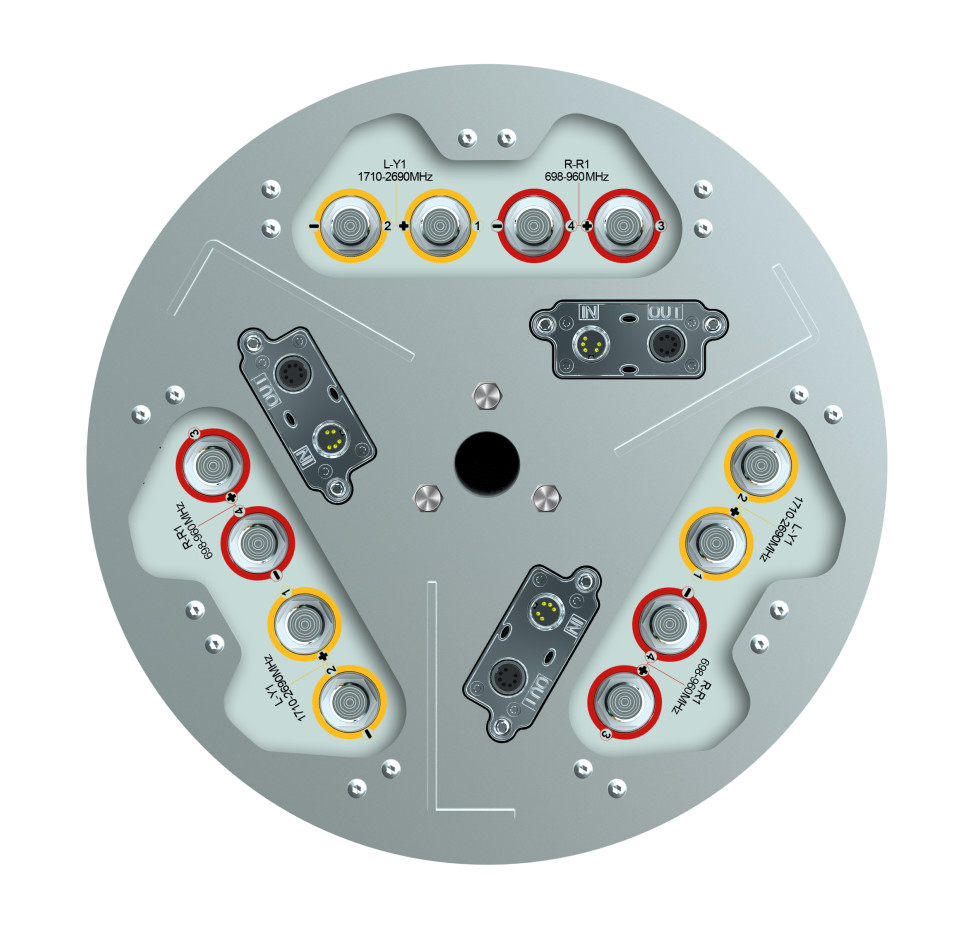In the rapidly evolving world of telecommunications, Tongyu stands out as a leading manufacturer of innovative antenna solutions. Among their impressive lineup is the TTS-609016-172718DEI-65FT2 Y1-1710-2690 canister antenna, designed for superior performance and reliability. This article delves into the key specifications of this canister antenna, highlighting its isolation levels, intermodulation performance, and robust lightning protection.
Exceptional Performance Metrics
The TTS-609016-172718DEI-65FT2 Y1-1710-2690 canister antenna boasts an impressive Voltage Standing Wave Ratio (VSWR) of <1.5, ensuring efficient power transmission and minimal signal loss. This performance metric is crucial for maintaining high-quality communication in various environments. Additionally, the antenna provides intra-system isolation of ≥25 dB and inter-system isolation of ≥28 dB between Y1, Y2, and R1. These specifications contribute to reduced interference, enhancing overall system performance.
Another standout feature of the TTS-609016-172718DEI-65FT2 Y1-1710-2690 canister antenna is its exceptional intermodulation performance. With an IM3 level of ≤-150 dBc, even under extreme conditions (2×43 dBm carrier), users can expect clear and reliable signals. The antenna’s impedance of 50 Ω further aligns with standard telecommunications equipment, making it an ideal choice for various applications.
Robust Protection and Power Handling
Tongyu has engineered the TTS-609016-172718DEI-65FT2 Y1-1710-2690 canister antenna to withstand harsh conditions. It features lightning protection with a DC ground, ensuring safety during adverse weather. Moreover, the antenna can handle a maximum power input of 200 W at 50°C, making it suitable for demanding environments.
Conclusion
In conclusion, the TTS-609016-172718DEI-65FT2 Y1-1710-2690 canister antenna from Tongyu is a powerful solution for modern telecommunications needs. With its remarkable isolation levels, low VSWR, and robust lightning protection, this antenna is designed to deliver exceptional performance and reliability.
